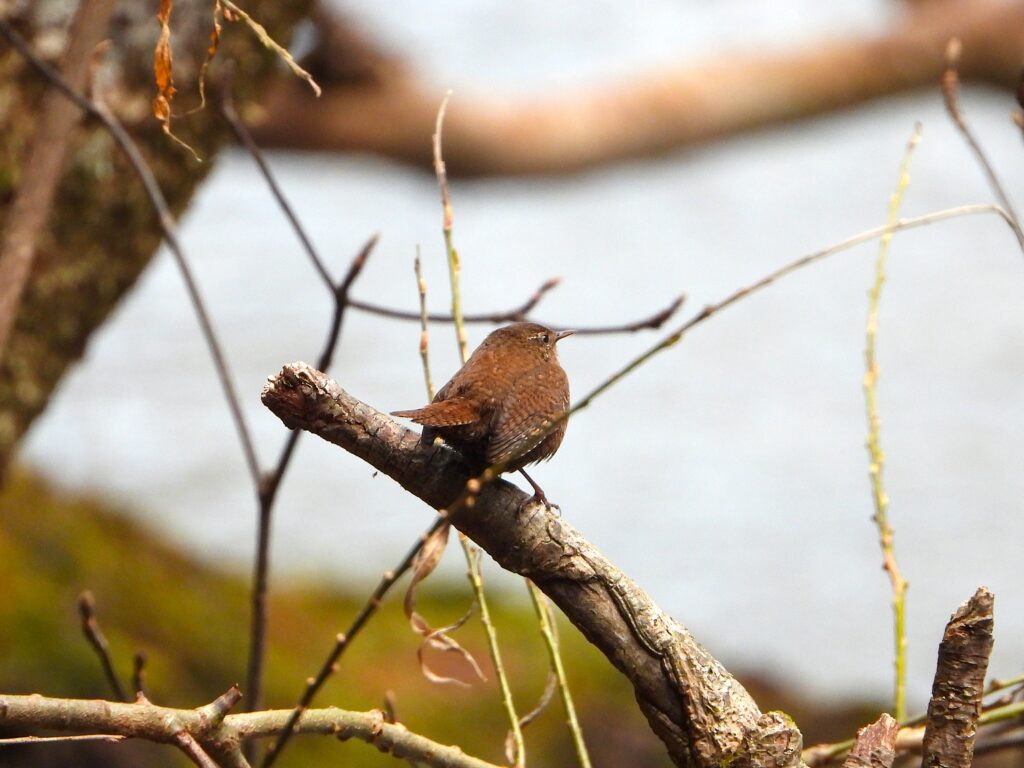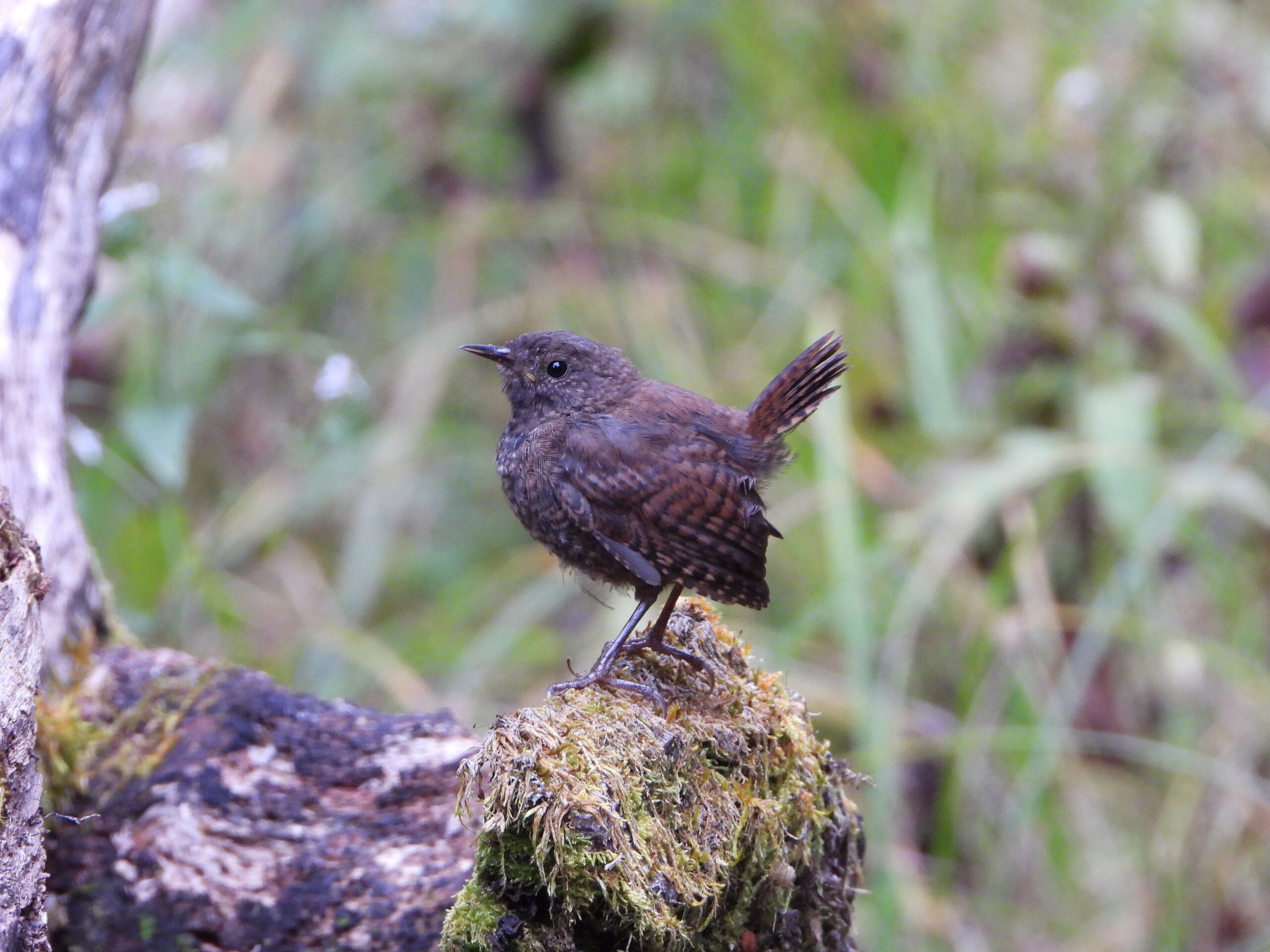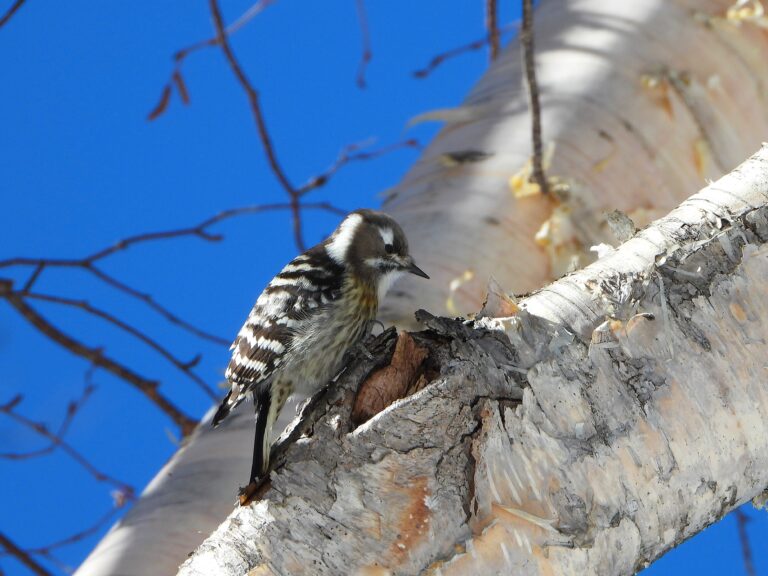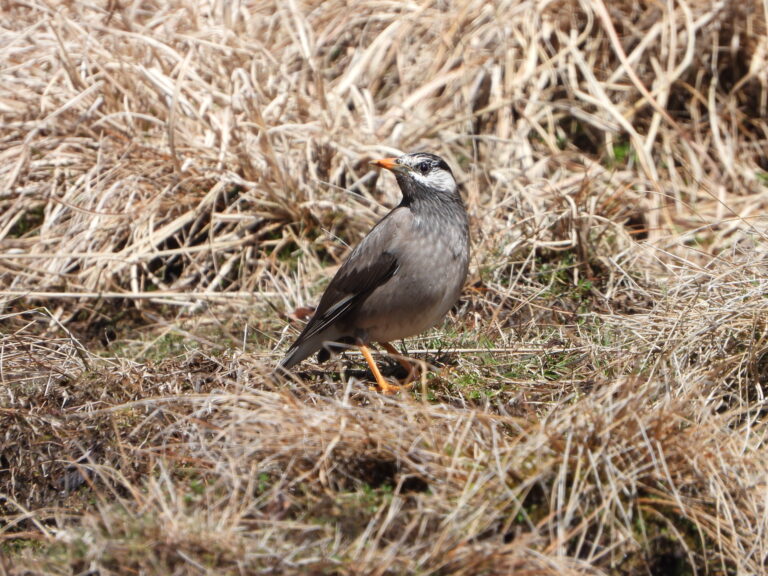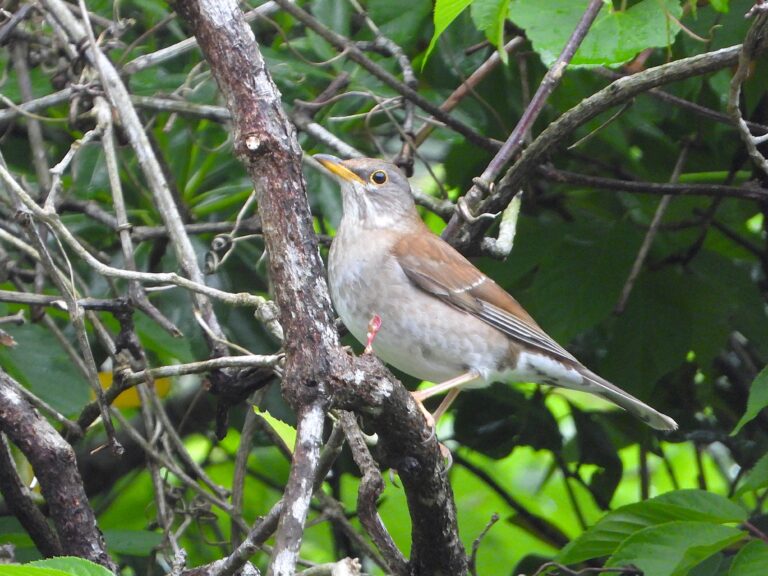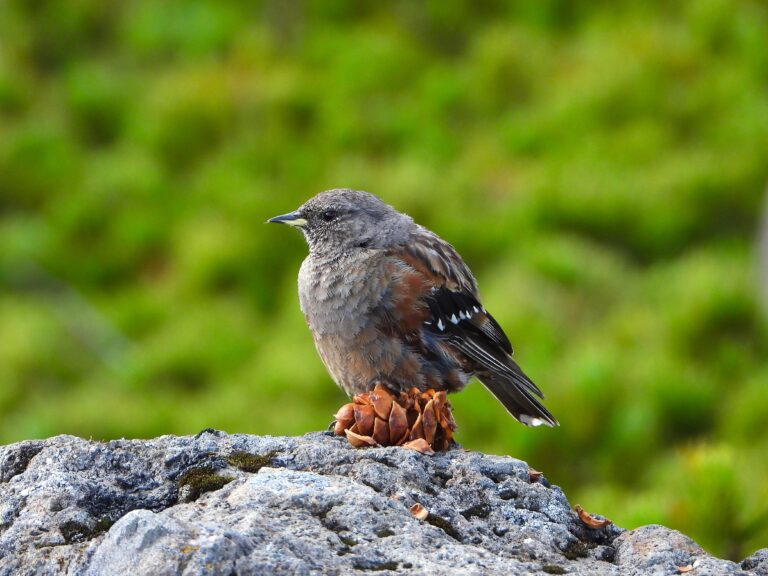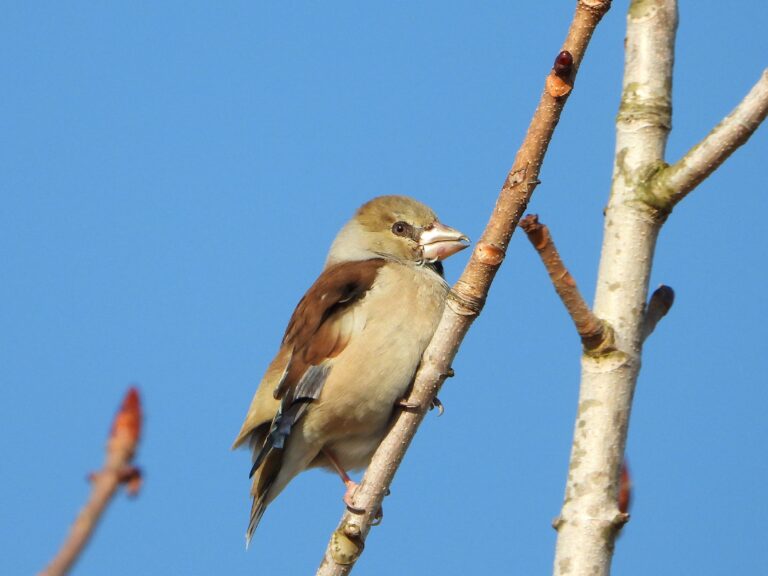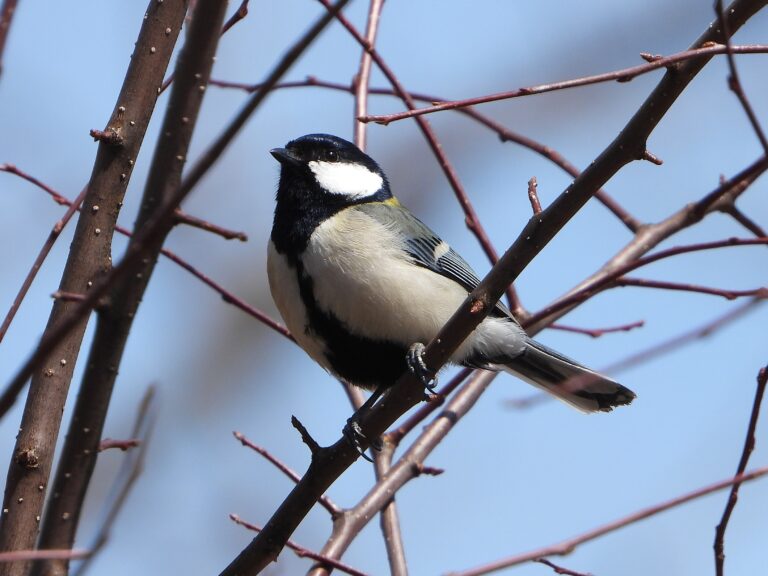Eurasian Wren (Troglodytes troglodytes) – Wildlife of Japan
Introduction
The Eurasian Wren is one of Japan’s smallest forest birds, famous for its rich and powerful song that echoes through mountain streams and mossy ravines. Although tiny and often hidden among roots and rocks, its voice can fill an entire valley.
Appearance
A compact, round-bodied bird about 10–10.5 cm long, with a fine, slightly downcurved bill, short wings, and a stubby tail usually held upright. The plumage is warm brown with dark barring and a pale eyebrow line. Males and females look alike.
Habitat & Distribution
In Japan, the Eurasian Wren breeds from Hokkaido through Honshu and Shikoku to Yakushima, favoring cool, shaded forests near clear mountain streams. During winter, it may move down to lower valleys and wooded foothills. It can also be found on several offshore islands such as the Izu Islands.
Where to See in Japan
Listen for its loud trilling song along shaded rivers and waterfalls in national parks such as Kamikochi, Nikko, and Daisetsuzan. The wren often hops among moss-covered rocks or roots near bridges, usually staying close to flowing water.
Behavior
Wrens are active and secretive, searching for small insects and spiders among moss, stones, and fallen logs. Males sometimes build several domed nests within their territory, and some studies in Japan have recorded polygynous behavior. The song is long, complex, and surprisingly strong for such a small bird.
Diet
Mainly insects and spiders collected from mossy rocks, roots, and leaf litter along forest streams.
Reproduction
Breeding occurs from spring to summer. The nest is a ball-shaped structure made of moss and fibers, placed under roots, in rock crevices, or on steep banks near water. Clutches usually contain 4–6 eggs. Incubation and fledging together take roughly a month.
Conservation
The Eurasian Wren as a species is common and listed as Least Concern globally. However, Japan’s island populations are more vulnerable. The Izu Islands subspecies T. t. mosukei is listed as Endangered on regional Red Lists, and the Daito Islands form T. t. orii is considered extinct. Mountain stream habitats are sensitive ecosystems, so careful observation is recommended.
Taxonomy & Names
Family Troglodytidae. Scientific name Troglodytes troglodytes.
Several regional subspecies occur in Japan: T. t. fumigatus on the main islands, T. t. mosukei in the Izu Islands, and T. t. ogawae on Yakushima and Tanegashima. A former island form, T. t. orii from the Daito Islands, is thought to be extinct. Some authorities group these under the widespread fumigatus lineage.
Author’s Impression
A tiny burst of life among wet rocks—when the wren perches on moss and sings with all its strength, the whole forest seems to vibrate with its voice.
In early spring, its loud song, far greater than its tiny body suggests, echoes through the valleys—follow the sound to find this hidden singer.
